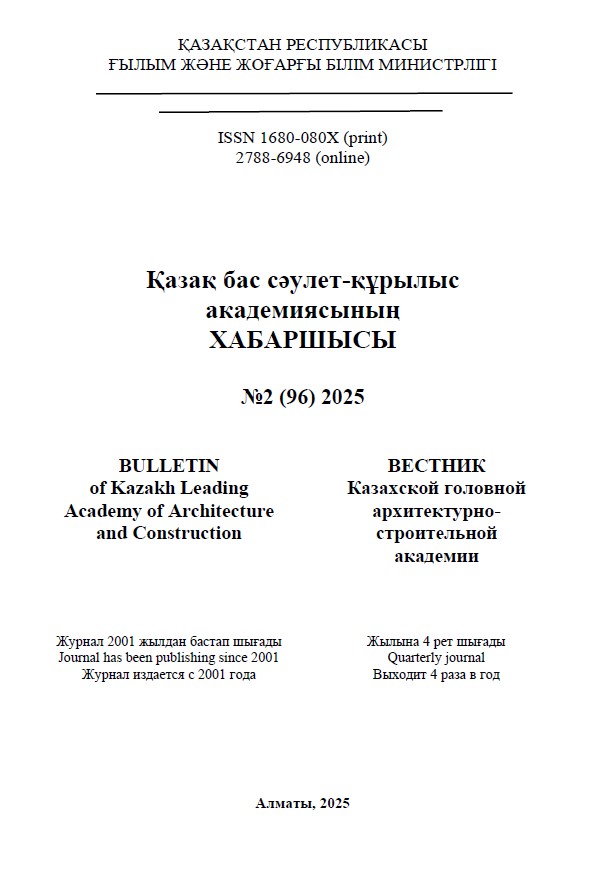Abstract
The article is dedicated to studying the evolution of business spaces, from their origins in prehistoric times to the modern stage, where business centers have become an integral part of urban infrastructure. It analyzes the process of formation and development of multifunctional business spaces, which are a crucial element of public buildings. The article examines various typological features of business centers, including their functional zoning, planning, and compositional solutions. In a historical context, the transformation of business activity locations is traced: from chaotically organized markets and trade exchange points in ancient times to the antique agoras and Roman forums, where organized spaces for negotiations and product demonstrations already existed. The medieval period is characterized by the dominant role of monasteries and temples as centers of economic and banking activities. During the Renaissance, the first specialized buildings for conducting business appeared, such as the gallery in Florence, which became a prototype for modern office spaces. Particular attention is given to changes in workplace organization in the 19th–20th centuries: from compact offices to the concepts of “Bureau-landscape” and “Action office”, as well as the emergence of cubicle systems. In the 21st century, business spaces have become flexible, adapting to digital technologies and new working methods, including coworking. An important focus of the study is the balance between individual and collective work, the impact of spatial organization on employee productivity, and issues of privacy and workplace comfort. The role of business spaces in creating an environment for communication, meetings, seminars, training sessions, and informal interactions is examined, as these aspects contribute to effective collaboration between employees and clients.


